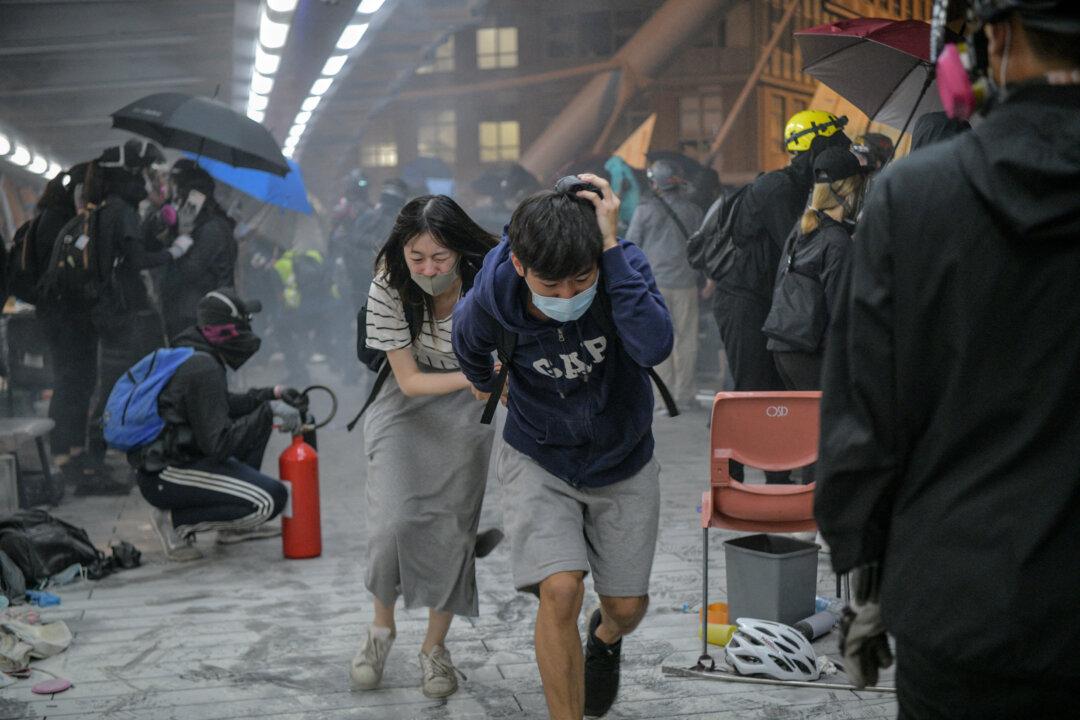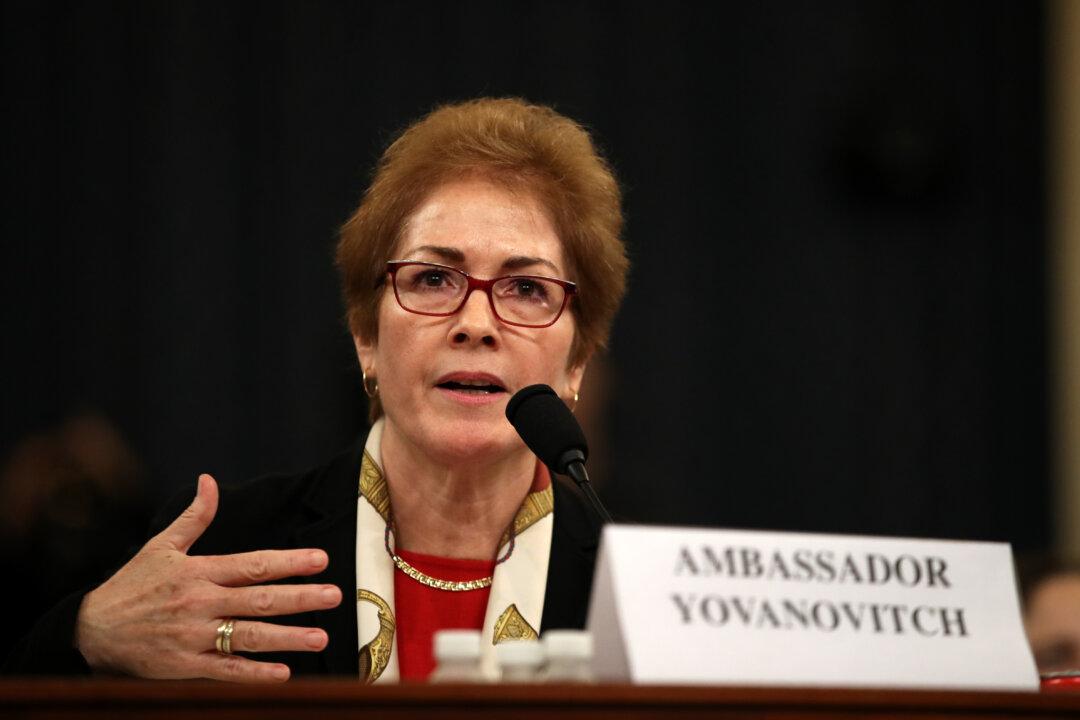WASHINGTON—After a slowed-down video that made House Speaker Nancy Pelosi (D-Calif.) look drunk circulated online last month, the national conversation around fake and misleading media has spread into Congress.
U.S. lawmakers are trying to get a handle on what to do about the phenomena of fake media, which can range from a minor tweak of an image, audio file, or footage, to a full-blown artificial creation.
“Can anyone pick out which of these faces are real and which are fake?” Congressman Adam Schiff (D-Calif.) asked the audience during a House Permanent Select Committee on Intelligence on June 13, showing a collage of four very real-looking portraits. All of them were fake.
“Thinking ahead to 2020 and beyond, one does not need any great imagination to envision even more nightmarish scenarios that would leave the government, the media, and the public struggling to discern what is real and what is fake,” he said.
The witnesses at the hearing agreed that the consequences to public trust in politicians, institutions, and democracy writ large could be dire.
“And it’s likely to get much worse before it gets better, but we have to continue to do what we can,” said Buffalo University professor David Doermann, who was one of four witnesses.
But what government should do about it—if it should do anything at all—is a hotly debated question.
Doermann argued that the tools to detect fake media should be given to those who unknowingly spread it—social media users— and that the government should play an ancillary role.
Social media platforms should play a role in identifying fake content, he said, by alerting users that what they’re seeing may not be real.
However, using AI to detect forgery is not without its problems, California Republican Devin Nunes (R-Calif.) pointed out at the hearing.
“Most of the times it’s conservatives that get banned [from social media platforms] and not Democrats,“ he said. ”It’s all in who’s building the filter.”





